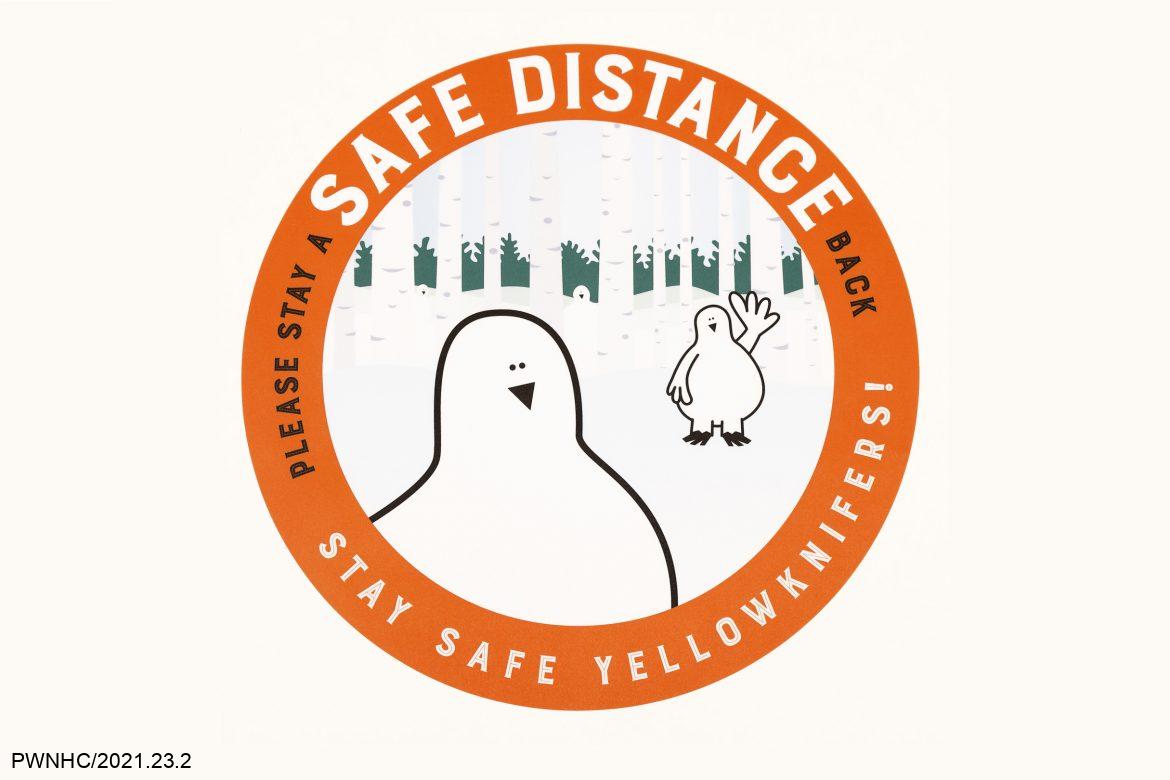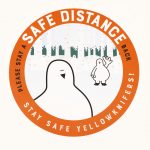2020
The COVID-19 Pandemic
The people of the NWT have a deep memory for the effects of disease and epidemics such as influenza, measles, smallpox, and tuberculosis, which have caused many deaths in NWT communities over the past centuries. The speed of transportation services and the interconnection of communities mobilized the territorial response to try and minimize the death count for the modern-day 2020 pandemic.
The first Canadian case of the coronavirus known as COVID-19 was detected on January 25, 2020. By March, NWT communities and governments responded quickly to limit travellers into and out of the territory. Restrictions were placed on border roads, and travellers were met with quarantine rules, isolation policies, safety masks, and test kits. Schools and government offices were closed and businesses sent their employees home. By September 2022, the NWT reported 11,511 cases with 22 deaths. Globally there were over 6,500,000 deaths reported worldwide.
Each wave of the virus sparked new concerns over access to healthcare and ‘bubbles’ of family and friends. Vaccinations began to be offered in the January of 2021, and mandates for vaccination in the workplace soon came into place, followed by some relief in the rates of infections. A significant outbreak after a hand games tournament in the Sahtu in August 2021 created a surge in cases across the territory.
Ultimately, as the world and the NWT have tried to return to everyday routines, the changes in population health measures and actions may be the most enduring memory of the pandemic. Although the safety of Elders and vulnerable populations was recognized as a primary concern, the effects of the separations, social isolation, and restrictions linger.





